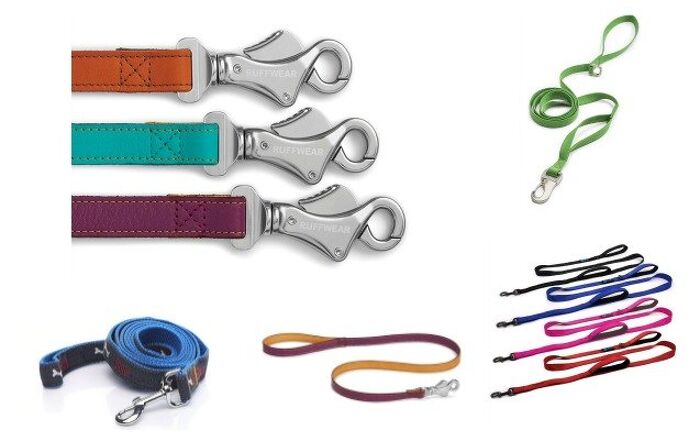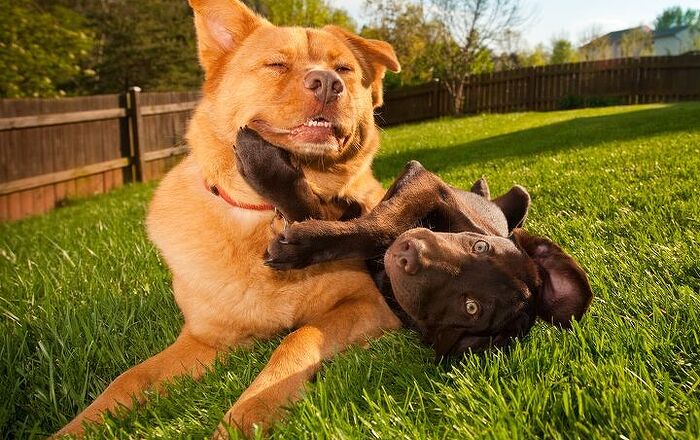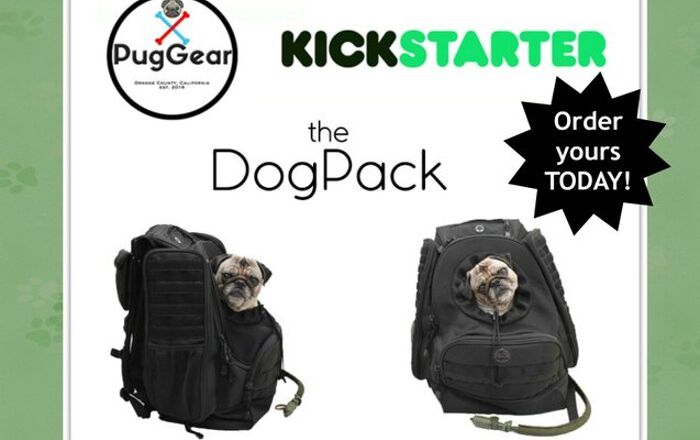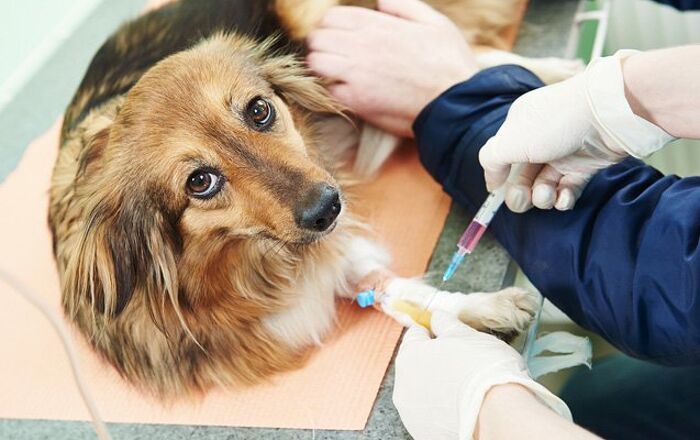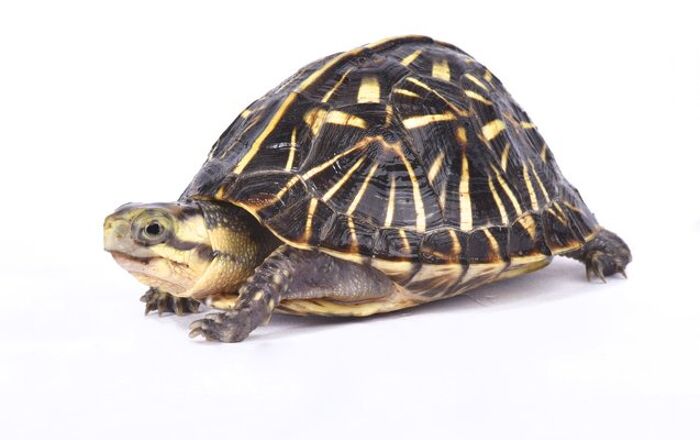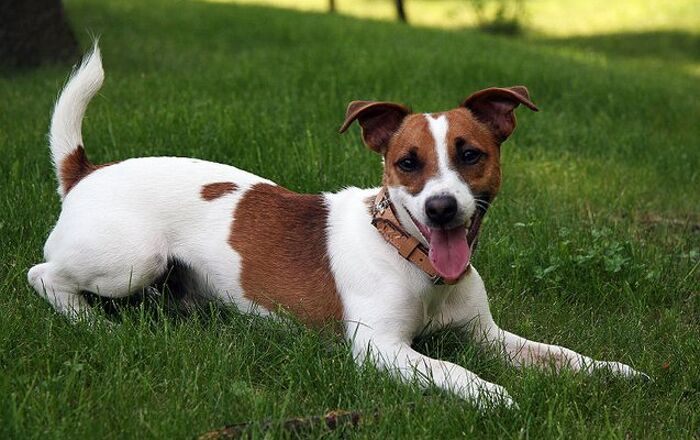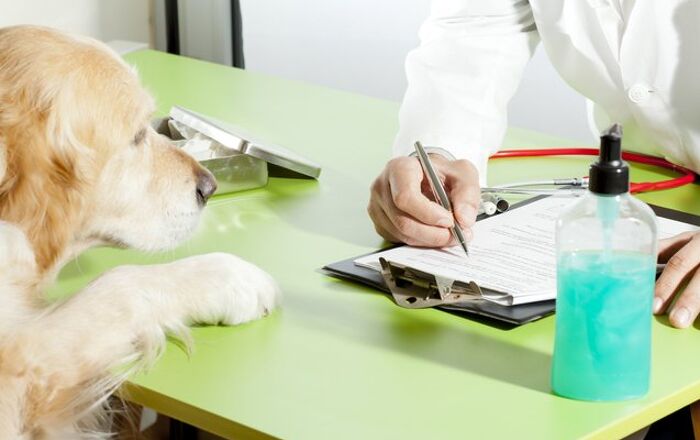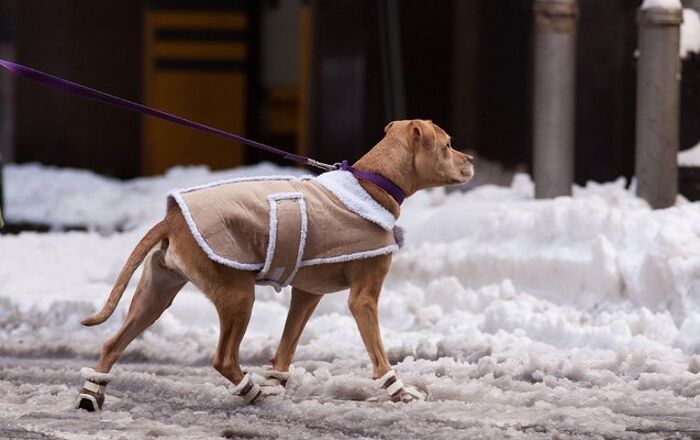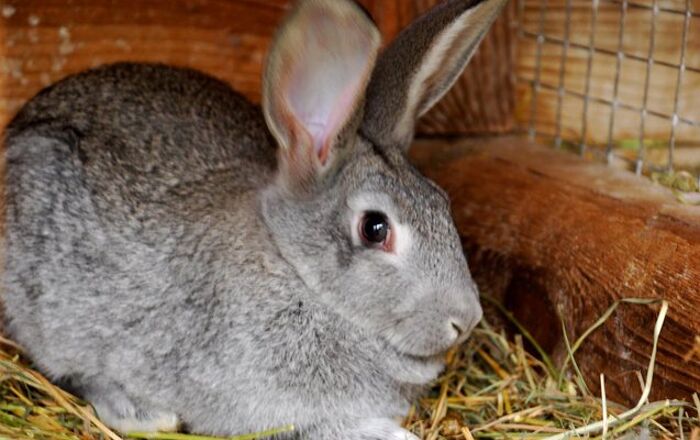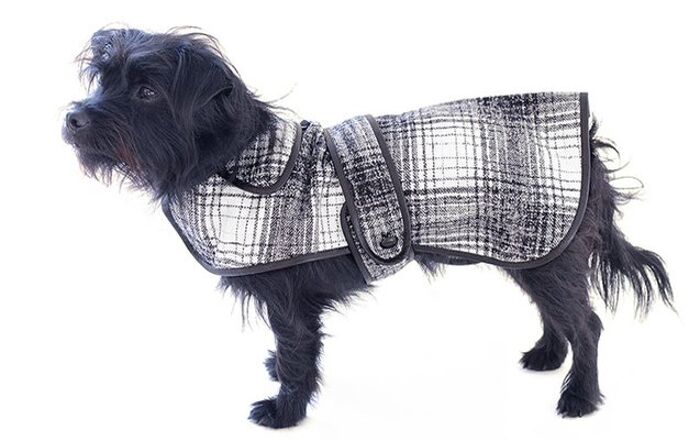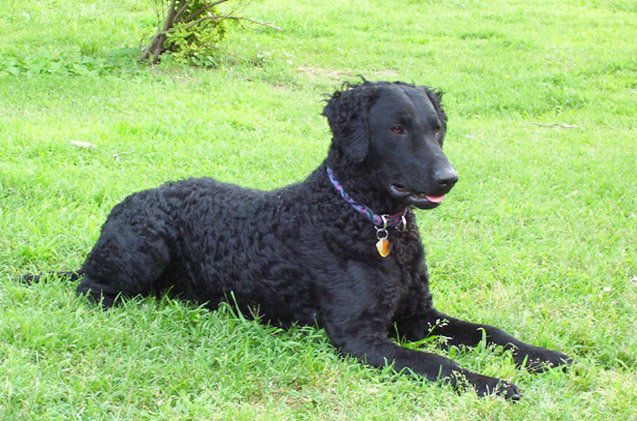
Curly-Coated Retriever Basics
The agile Curly-Coated Retriever is also known as the Curly, the CCR and the Curly Retriever. Most people who hear the word “Retriever” instantly picture a Golden or a Labrador but the Curly, he’s in a league of his own. His tight, little curls of the body combines with the short coat on the face and lower legs give the Curly-Coated Retriever a look that is quite distinct from another breed. This is a multiple-purpose dog that is happy running in the fields, retrieving in the water or lounging on the couch.
Curly owners not only love their versatility but also adore their gentle and loving natures. Although they are large dogs, the Curly-Coated Retriever is graceful and elegant. Because of all of these wonderful attributes, the Curly is a great dog for any family. To learn more about this loyal breed, please continue reading.
The Curly-Coated Retriever is a multiple-purpose dog that is happy running in the fields, retrieving in the water or lounging on the couch.
Origin
The true origin of the Curly-Coated Retriever is undocumented however the AKC suggests that it originated in England. It is believed to be the oldest breed of all the retrievers. In England, the Curly was a much-favored dog for his hunting prowess and incredible agility by gamekeepers.
Pedigree
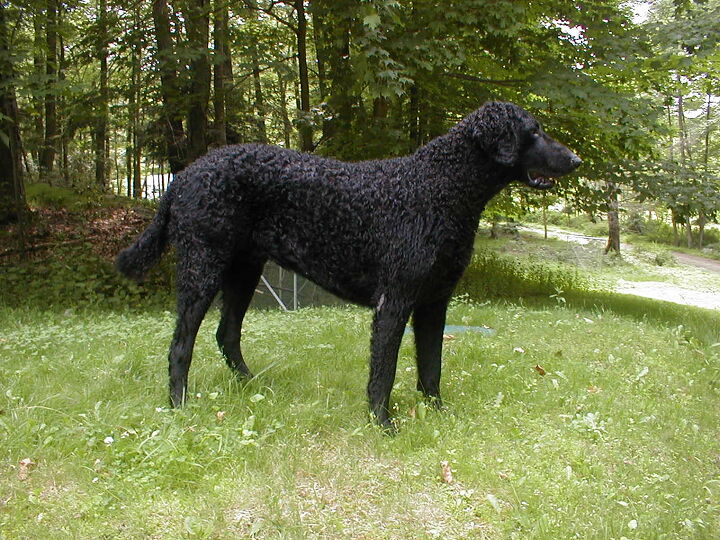
It is believed that the Curly-Coated Retriever was derived by combining a variety of breeds. Many support the suggestion that the Old English Water Spaniel, which is now extinct, and the old style Retrieving Setter were incorporated to create this breed. Of course, other breeds would have been introduced, such as the St. John’s Newfoundland Dog, the Labrador Retriever, the Irish Water Spaniel, the Pointer and/or the Poodle. These contributors created the great dog that is now known as the Curly-Coated Retriever.
Food/Diet
Because of his high-energy and athleticism, the Curly-Coated Retriever needs a good quality diet specifically formulated for active dogs. It is best to feed dry food as it will help to eliminate plaque buildup on the teeth which can cause inflamed gums, tooth decay and smelly breath. The Curly should never be fed one large meal. Meals should be split into a morning meal and an evening meal to help prevent canine bloat, a potentially fatal problem. Free feeding is an option provided the dog does not overeat and become overweight.
Curly-Coated Retrievers grow to become large dogs so it is essential that you start training when they are puppies.
Training
Curly-Coated Retrievers grow to become large dogs so it is essential that you start training when they are puppies. It is also important that you keep in mind that because they are such great Retrievers, they tend to mouthy and chew things up as pups. This unwanted behavior must be nipped in the bud at an early age. The Curly is highly trainable and responds well to repetitive training sessions along with positive reinforcement. His willingness to please makes the Curly-Coated Retriever the perfect candidate for AKC Sanctioned Obedience Trials.
Owners who plan to use their Curly-Coated Retrievers for hunting purposes should acclimate the pup to water as soon as possible. This doesn’t mean that a ten week old puppy should go into icy water in the freezing cold. It’s best to buy a plastic wading pool and fill it with water on a mild day. More than likely, the pup will find his way in and have a grand, old time. A retrieving dummy will make his first experience in the water a good one.
Weight
A male Curly-Coated Retriever typically should weigh in somewhere between 80 and 100 pounds while a female Curly should weigh between 65 and 85 pounds.
Temperament/Behavior

Many people consider that the reserved nature and tendency to evaluate strangers before approaching them as timidity. Nothing is further than the truth. Although the Curly is a retriever, he is not as overbearing as many of the others. Early socialization with different people, sights, sounds and situations will ensure that your dog is accepting of strangers.
There are some people who take the Curly-Coated Retriever’s high energy as hyperactivity, which is incorrect. A Curly that has enough exercise will be happy to relax inside of the house. Lack of adequate exercise could cause him to become unruly indoors. By taking half an hour out of your day to play with the dog, he will get the exercise he needs and you will probably become healthier too.
Curlies are slow to mature so they are in the puppy stages longer than many others. You should be aware and prepared to deal with a very large puppy before making a decision. Bear in mind that a Curly will bore easily so a plethora of interesting toys will be necessary. He will also be strong-willed so training and an owner who has the confidence to train him is essential to having a happy life together.
Common Health Problems
There isn’t a dog breed known to man that doesn’t have a propensity for one health problem or another. Because the Curly is a large breed, there are problems with hip dysplasia and elbow dysplasia. It is important for Curly owners to understand that hip dysplasia can also be caused by his environment. Situations that cause a puppy to be diagnosed with hip dysplasia include quick weight gain, playing on tile floors and injuries from jumping on or off furniture.
Curlies are prone to a variety of eye issues including Entropion, Ectropion, Persistent Pupillary Membranes, Progressive Retinal Atrophy, Distichiasis and Retinal Dysplasia. The metabolic issue known as Glycogen Storage Disease has been seen all too often in the breed. Numerous cancers have also been prevalent in Curly-Coated Retrievers such as Lymphosarcoma, Adenocarcinoma, Fibrosarcoma, Hemangiosarcoma, Melanoma, Osteosarcoma and Mast Cell Tumors. Pattern Baldness is also a problem but it does not create a health issue provided the owner ensures that the dog wears sunscreen when he goes outdoors. Bloat, also known as Gastric Dilation Volvulus can be a problem; Curlies have less of a tendency for this deadly problem when meals are split or they are free fed throughout the day.
Life Expectancy
The average lifespan of a Curly-Coated Retriever is between 8 and 12 years.
Exercise Requirements
As a highly athletic dog, the Curly-Coated Retriever craves exercise. A quick walk is not going to do it for this bundle of energy! A Curly needs a big, fenced backyard in which to run and burn off his energy, which is why he is a great candidate for the companion of an active family. The Curly is wonderful with kids. But because of his large size, he might knock smaller children down. He will be a great and grateful asset to those seeking a waterfowl hunting buddy but would also like his dog to be a trusted and loving family member.
AKC
The AKC Breed Standard for the Curly states: “Self-confident, steadfast and proud, this active, intelligent dog is a charming and gentle family companion and a determined, durable hunter”. In 1924, the very first Curly-Coated Retriever was registered with the AKC. That Curly’s name was Knysna Conjurer.
Early socialization with different people, sights, sounds and situations will ensure that your dog is accepting of strangers.
Coat
With a wonderfully unique coat, the Curly-Coated Retriever is distinctive from others. The body is covered in tight curls from tail to the occipital bone (prominent bone at the top of the head). These water-resistant curls travel down the legs and stop at the hocks. The remainder of the dog’s legs, face and frontal portion of the head have a short coat. The coat should be liver or black in color. Many Curlies have a few white hairs or a white patch on the chest.
The Curly-Coated Retriever has a low maintenance grooming schedule. Shedding is not excessive and usually occurs twice in a year. Beneath the tail and underbelly should be neatly trimmed. Of course, bathing is necessary but should not be done excessively.
Puppies
Everybody loves puppies and Curly puppies are absolutely precious however; they do take a lot of time and effort to raise them properly. You must socialize your Curly pup as soon as he has had his first series of vaccinations. Training should also begin as soon as the puppy is acclimated to his new home. Training is essential to making your new family member and happy, healthy and well-adjusted addition to your home.

